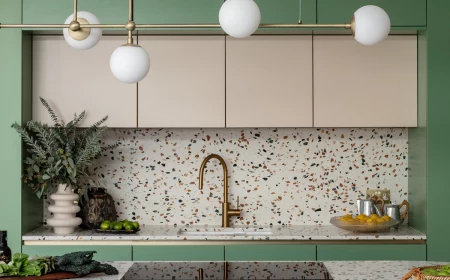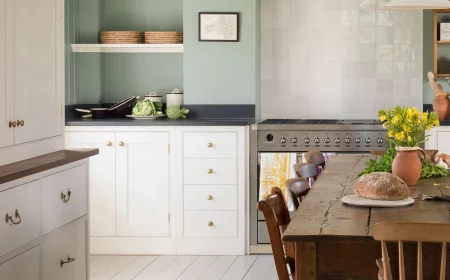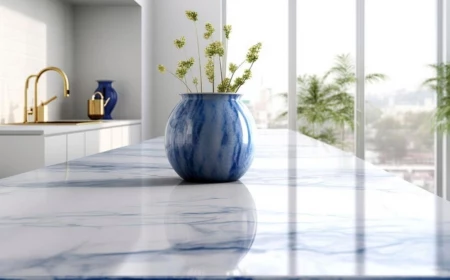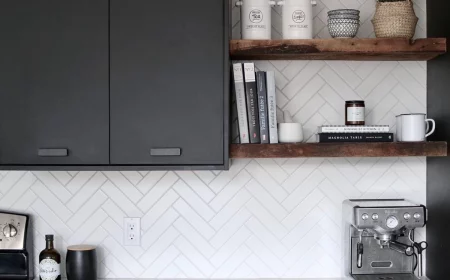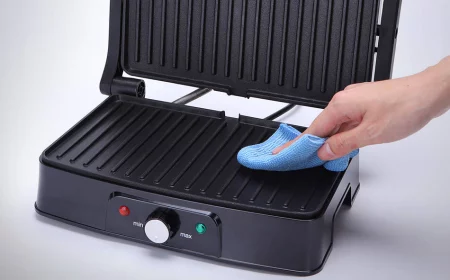Countertop Regrets: A Pro’s Guide to Materials You Might Want to Rethink
Choosing a kitchen countertop feels like a huge deal, and honestly, it is. It’s a massive part of your budget and the backdrop for your daily life. For more than two decades, I’ve been the guy on the other side of that decision—the one cutting, polishing, and installing these surfaces. My hands know the difference between a solid slab of granite and a laminate top that’s one leaky faucet away from disaster.
In this article
I’ve seen it all. From the slick, modern kitchens in magazines to the real-world chaos of a busy family home. And here’s the thing: I often see people fall in love with a look without really understanding what it’s like to live with. There aren’t any truly “bad” materials, but there are definitely materials that are a bad fit for a certain lifestyle.
So, this isn’t a post to bash anyone’s dream kitchen. It’s the practical advice I give to friends and family. We’re going to look past the showroom shine and talk about what happens when a pot drops, a glass of red wine spills, or you’re just trying to survive a Tuesday morning. Let’s get into the materials that often cause the most headaches and why.
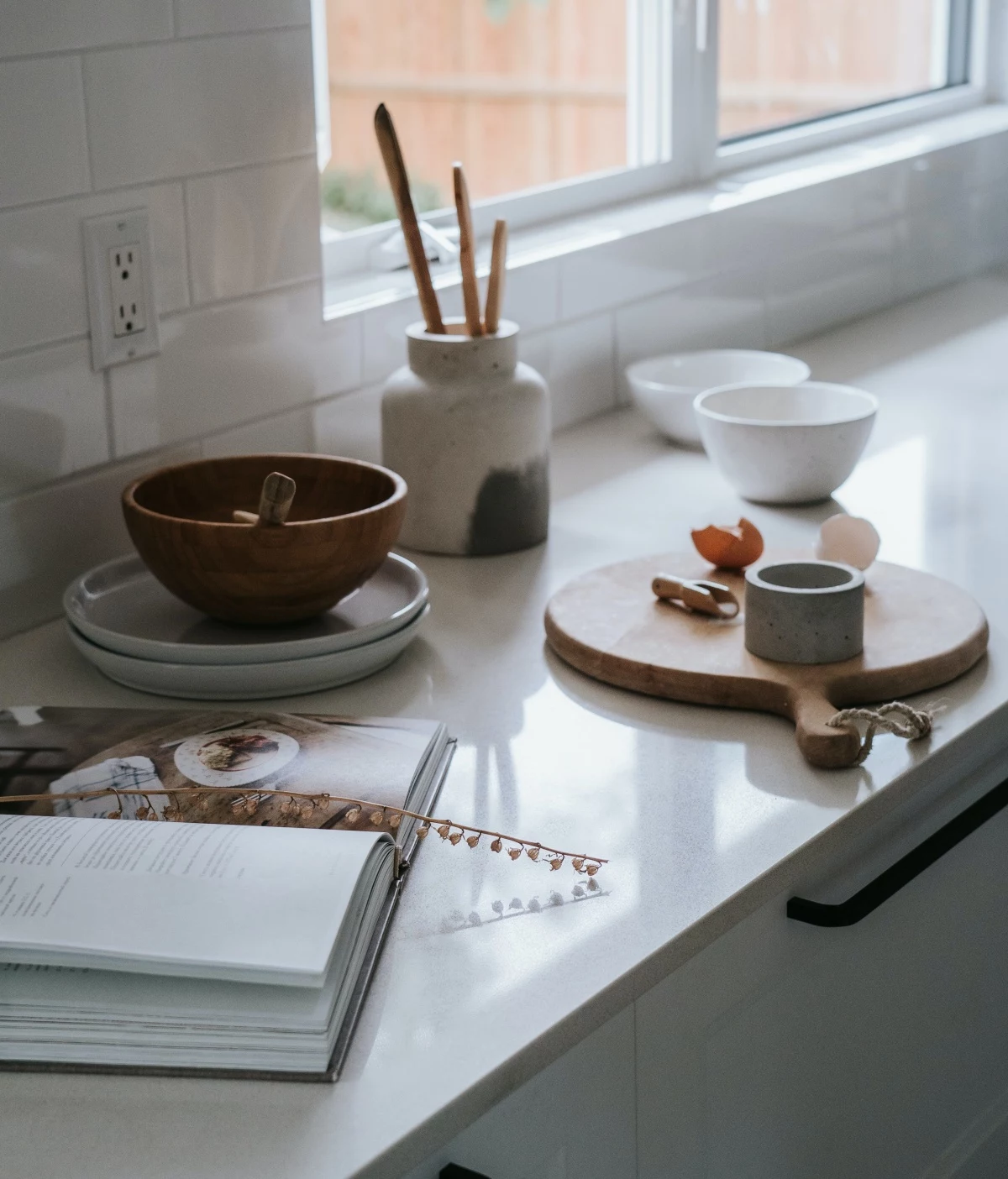
1. Laminate: That Budget-Friendly Price Has Hidden Costs
Laminate is almost always the go-to for anyone watching their wallet, and I get it. You can get it for around $20 to $50 per square foot installed, and the color options are endless. But from my experience, the initial savings can quickly get eaten up by frustration and the need for a total replacement down the line.
What’s Really Under the Hood
To understand why laminate fails, you have to know what it is: a very thin layer of decorated paper or fabric soaked in plastic resin, which is then glued to a thick slab of particleboard. And particleboard, let’s be honest, is basically just compressed sawdust and glue. Its mortal enemy? Water.
The second that water gets past the plastic top layer—and it will—the particleboard core acts like a sponge. It swells up, gets puffy, and completely loses its strength. And once it swells, it never goes back. I’ve seen countertops less than a year old with a swollen, crumbling ring around the sink. You can literally poke it and watch it flake away like a wet granola bar. The only fix is a complete tear-out and replacement.
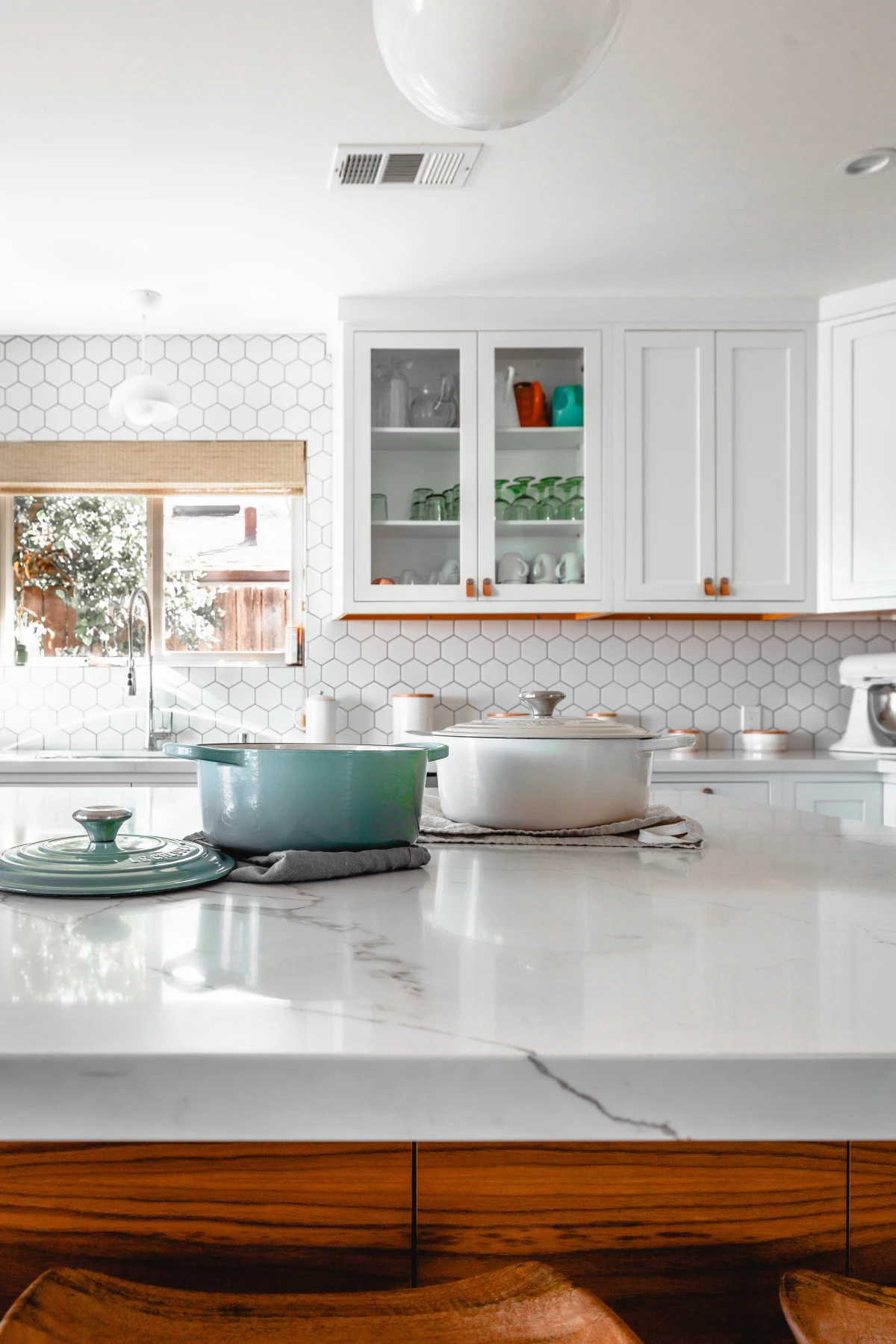
Oh, and what about those newer, fancy “HD” or “high-pressure” laminates? They might have a tougher, more scratch-resistant top layer, which is great, but the core is usually still particleboard. So, the fundamental risk of water damage around sinks and seams hasn’t really changed. It’s a prettier package, but the same weakness is there.
My Professional Verdict on Laminate
Best For: A laundry room, a low-traffic rental property, or a workshop bench where function trumps everything and the budget is rock bottom.
Worst For: The main food prep and sink area in a home you plan to live in and love. The risk of heat damage, cuts, and irreversible water damage is just too high.
A Better Way to Spend Your Money: If your budget is tight, I seriously recommend waiting and saving for a few more months. For just a bit more, you can get into a true solid surface. For example, entry-level granite can start around $40 to $60 per square foot, and it’s a world of difference in durability. A solid surface material (think brands like Corian) is another fantastic option in a similar price range. It’s non-porous, the color goes all the way through so scratches can be buffed out, and it won’t swell if it gets wet. The peace of mind is worth every extra penny.
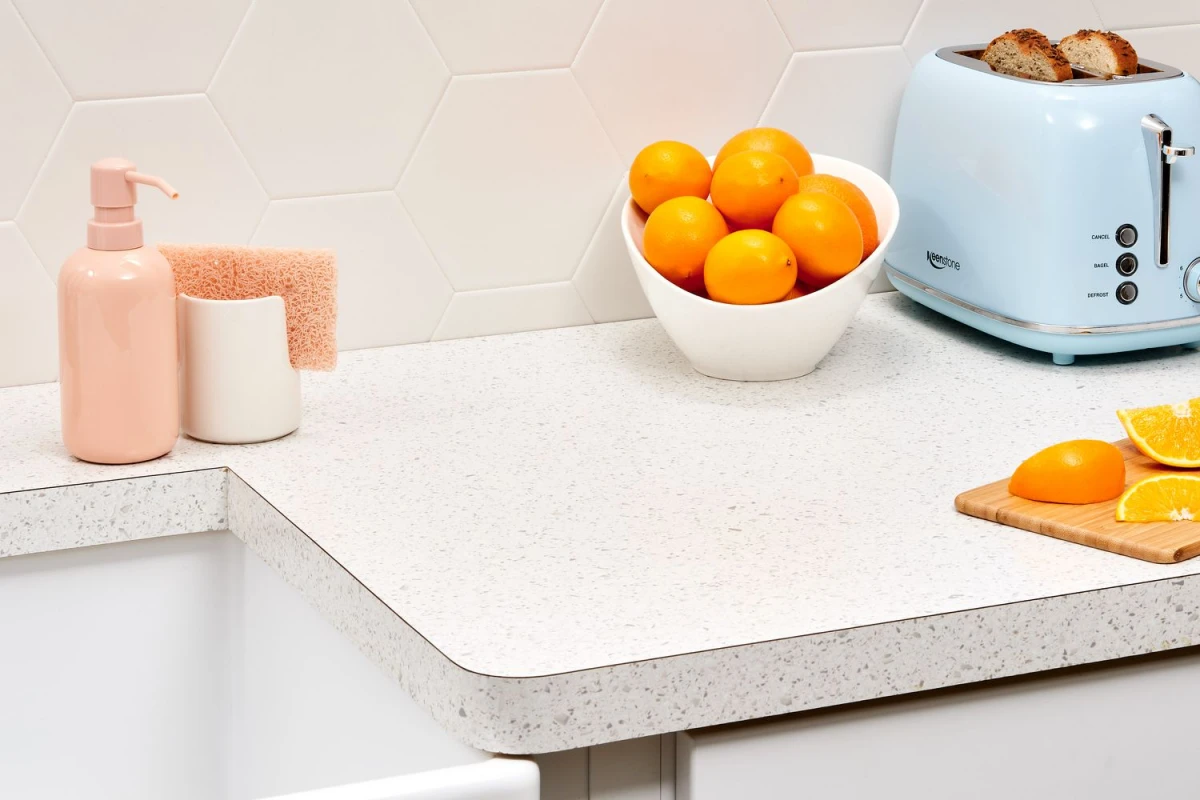
2. Concrete: The Industrial Look with High-Maintenance Demands
Concrete countertops have a certain raw, industrial-chic appeal. They feel very custom and handcrafted, which they are. But they are easily one of the most misunderstood and needy materials you can bring into your kitchen.
Heads up! This is a premium, custom material. You’re looking at a price tag of $100 to $150+ per square foot. And don’t forget to budget for cabinet reinforcement—your standard boxes likely can’t handle the 18-20 pounds per square foot, so plan for at least another $500 in carpentry work.
It’s All About the Sealer
Here’s the secret: the quality of a concrete top is maybe 10% the concrete mix and 90% the sealer. Concrete is naturally porous, like a sponge. Without a sealer, a drop of olive oil or lemon juice will soak in and leave a permanent stain. Sealing isn’t optional; it’s everything.
There are generally two types of sealers the pros use:
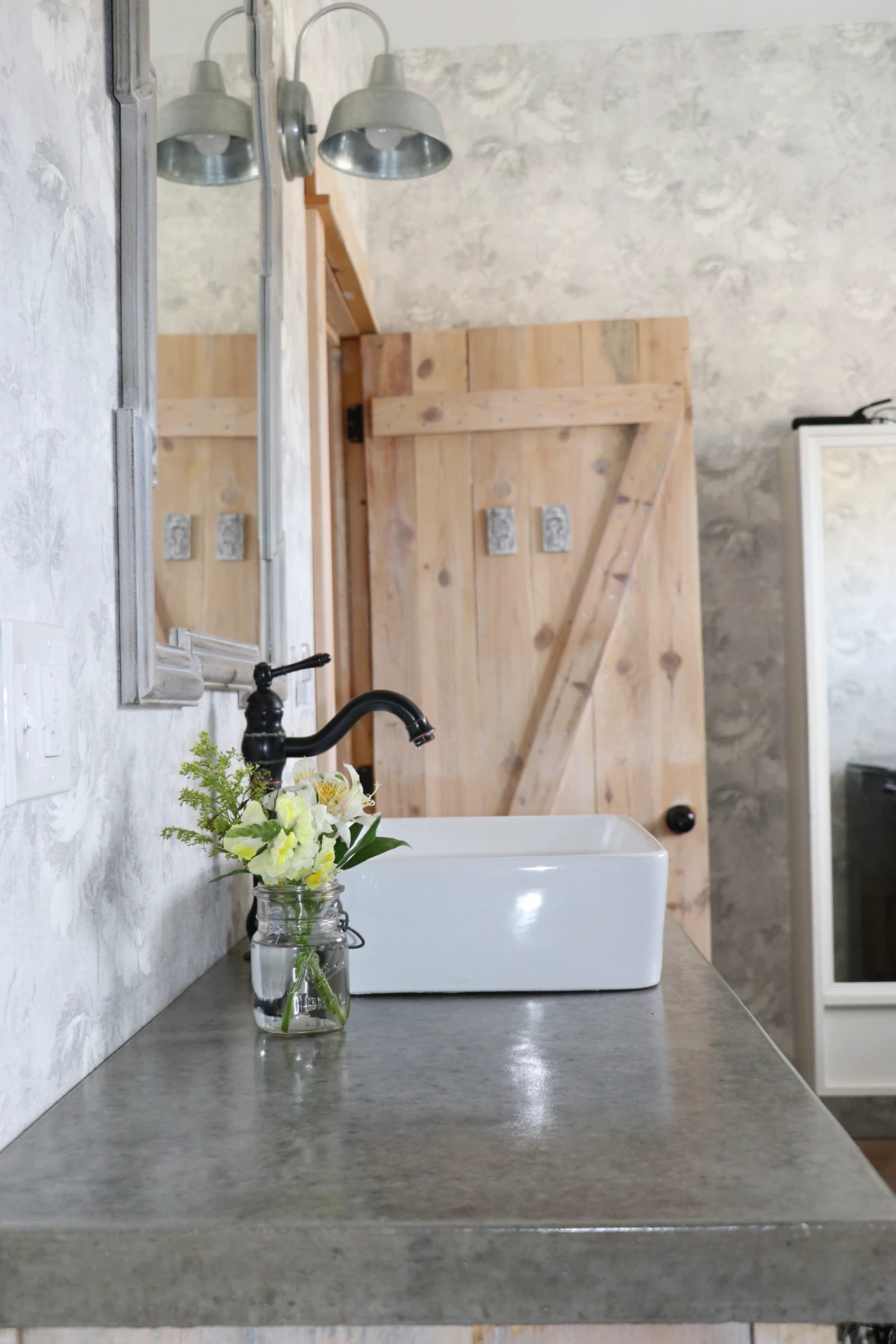
- Topical Sealers: These form a protective film on the surface, like a clear coat. They offer the best stain protection but can be scratched and will need to be stripped and reapplied every few years.
- Penetrating Sealers: These soak into the concrete to densify it. They provide a more natural look and feel but offer less protection against acids. This is where etching happens.
I once had a client with a beautiful white concrete countertop. We used a top-of-the-line penetrating sealer. A few months in, they called me, totally panicked. A guest had left a lemon wedge on the counter overnight. The acid ate right through the sealer and left a permanent, dull etched spot. We could minimize it, but we couldn’t erase it. That’s the reality—concrete is a living surface that tells a story, whether you like it or not.
My Professional Verdict on Concrete
Best For: People who genuinely love the wabi-sabi, imperfect aesthetic and are fully committed to the maintenance. You have to be okay with hairline cracks (it’s called crazing, and it’s normal) and seeing life’s little marks as “character.”
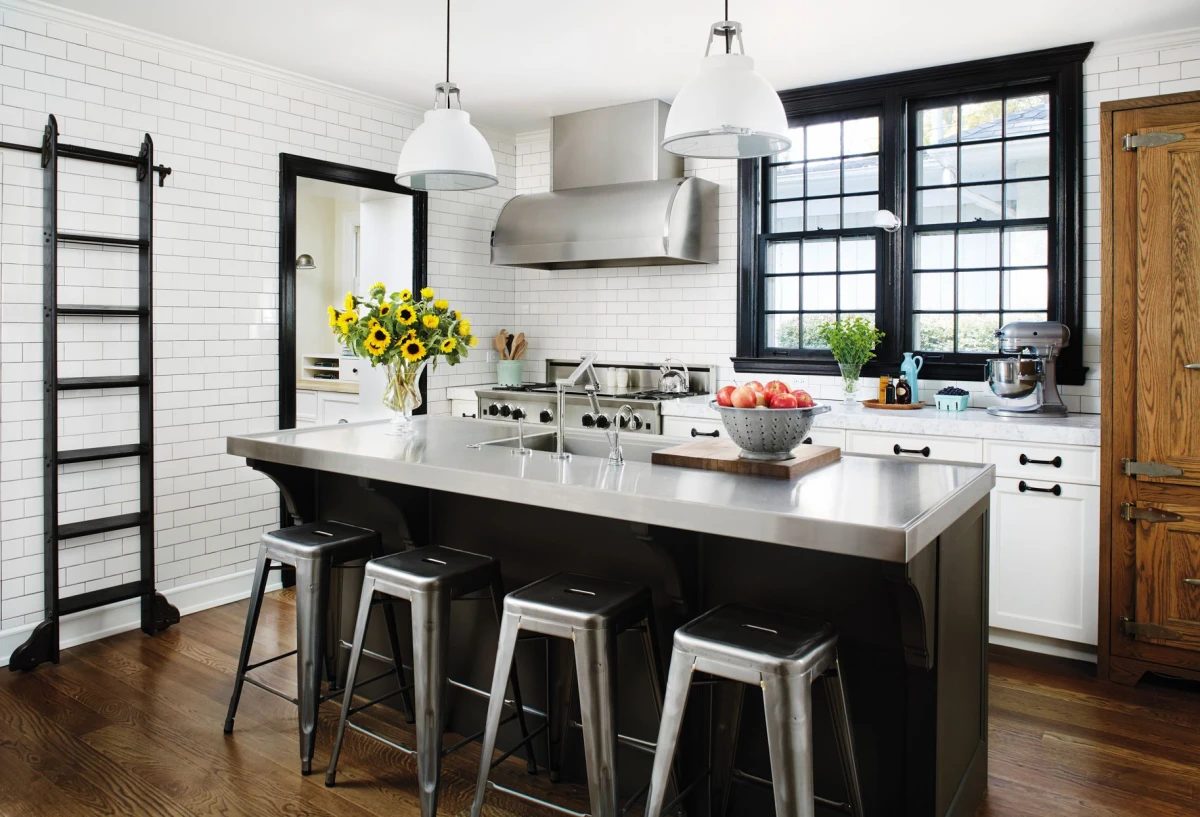
Worst For: The perfectionist. If you want your countertop to look brand new in five years, run the other way. For a similar look without the drama, check out quartz or even some granites that mimic the look of concrete.
3. Stainless Steel: The Pro Look That Scratches Instantly
Everyone sees stainless steel in restaurant kitchens and assumes it’s invincible. And yes, it’s non-porous, heat-proof, and super hygienic. But a home kitchen isn’t a commercial kitchen, and your priorities are different. Expect to pay anywhere from $80 to $200+ per square foot depending on the gauge and complexity of the job.
The first thing I tell anyone who asks about stainless is this: It. Will. Scratch. Not maybe, not eventually. It will happen on day one. The first time you slide a ceramic mug across it, you’ll create a permanent line. After a month, it will be covered in a web of fine scratches. Over time, this becomes what we call a ‘patina’. Some people love this worn-in, functional look. Most homeowners I talk to… they’re just shocked at how fast their shiny, expensive counter looks ‘used’.
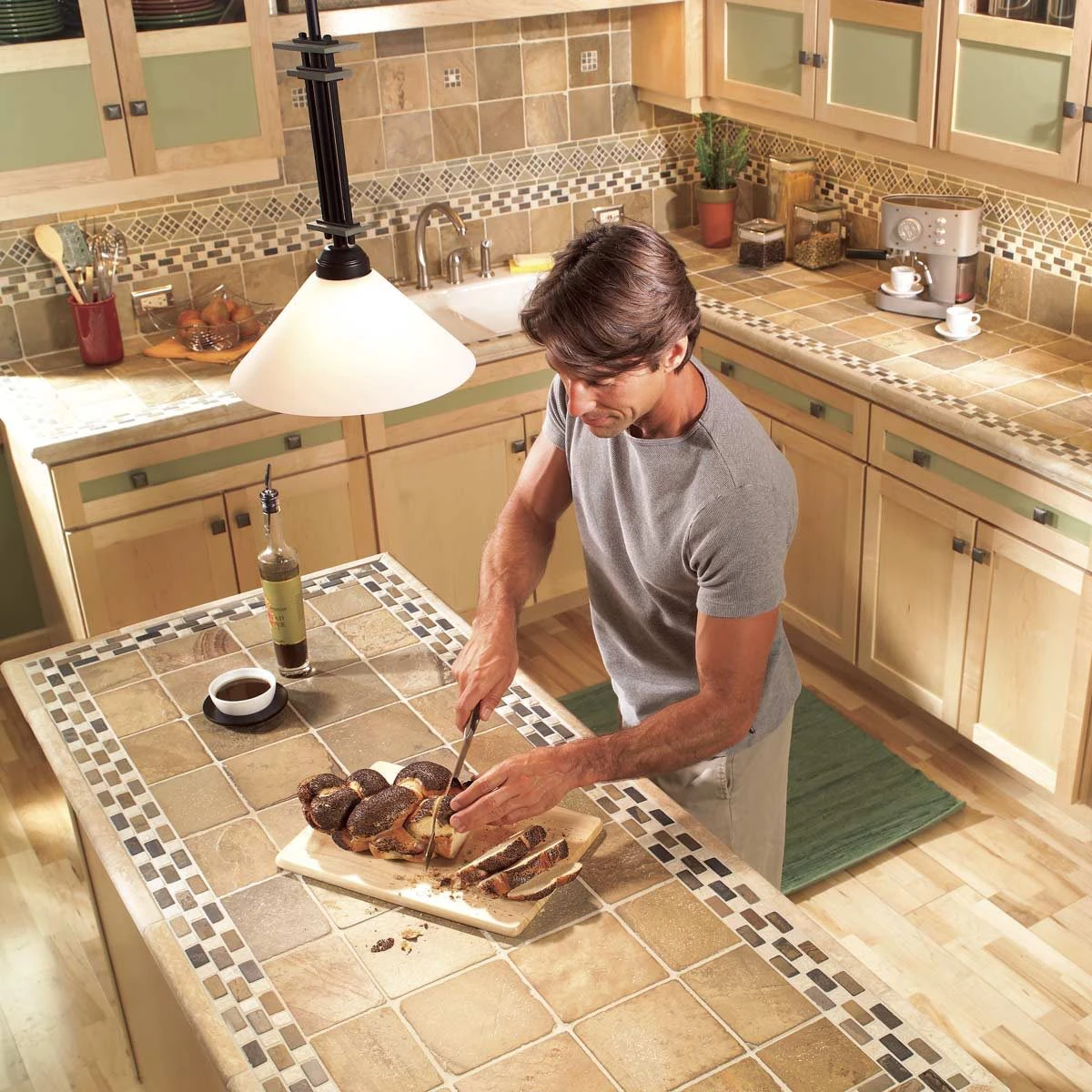
It also dents. A dropped spice jar can leave a permanent dimple. And it’s loud. Even with a sound-deadening substrate, everything clangs and clatters. And the fingerprints! You have to constantly wipe it down with a special cleaner, always going with the grain to avoid streaks.
Quick tip: If you do get it, the best way to clean it is with a microfiber cloth and a dedicated stainless steel cleaner or even a product like Barkeepers Friend. For the patina, some people will gently use a fine Scotch-Brite pad in the direction of the grain to help blend scratches into a uniform finish. But be warned: this is an advanced move. Try it on a hidden spot first, because you can’t undo it!
My Professional Verdict on Stainless Steel
Best For: An integrated sink (it’s a seamless, hygienic dream) or as a small landing pad right next to your stove for hot pans.
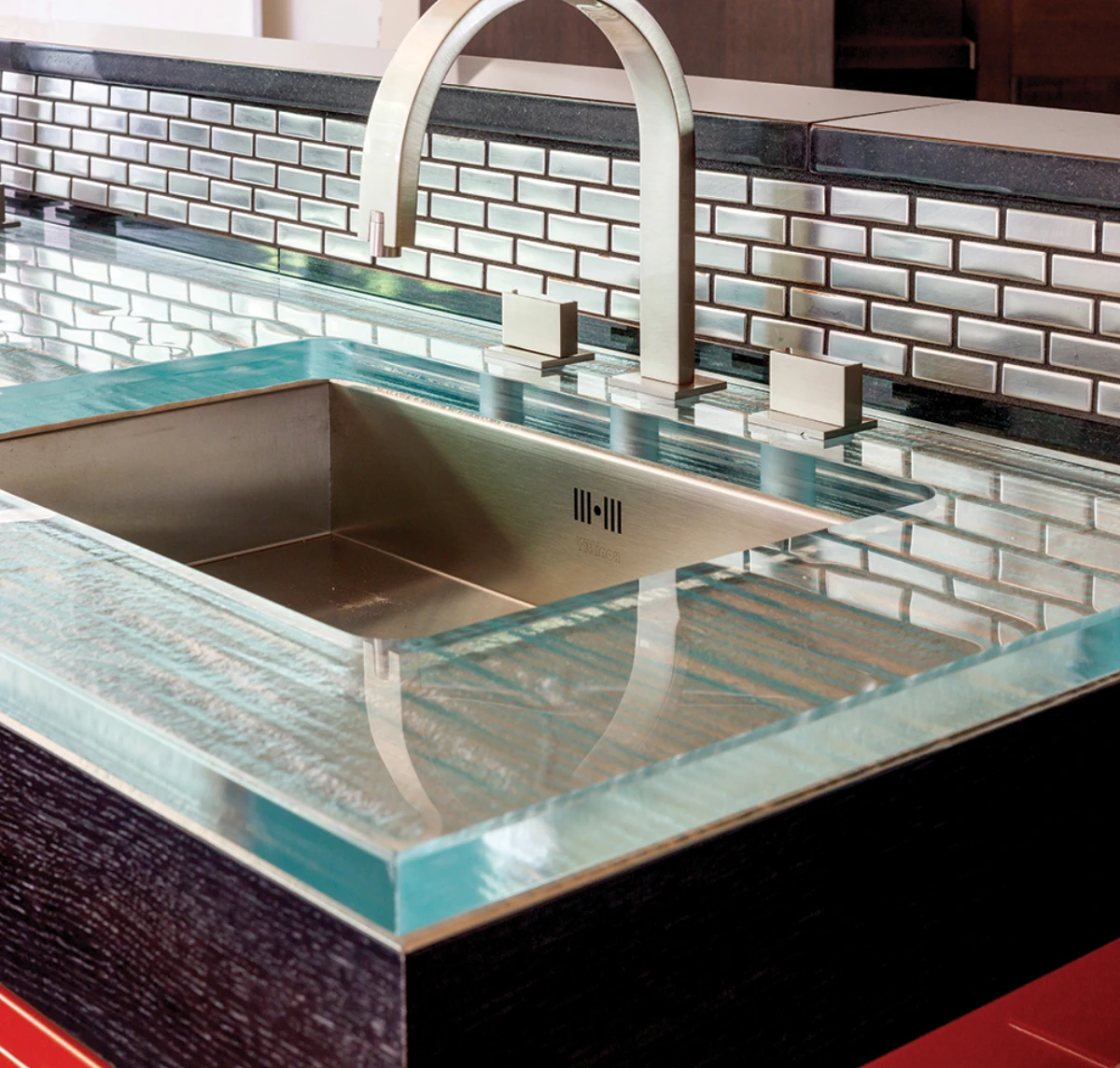
Worst For: An entire kitchen, unless you are 100% committed to the commercial aesthetic and can embrace the inevitable scratches and dents as part of the charm.
4. Tile: A Budget Option with a Big, Gross Flaw
I know, tile countertops are making a bit of a comeback with certain retro styles, and they’re cheap (often just $10-$40 per square foot if you DIY). But from a professional and hygienic standpoint, they are a terrible choice for a main kitchen workspace.
The problem isn’t the tile itself; it’s the grid of grout lines. Standard cement grout is porous. It’s a microscopic network of tunnels for raw chicken juice, grease, coffee, and bacteria to move into. You can wipe the surface, but you can’t wipe the grout clean. It requires constant scrubbing with harsh chemicals to keep it from becoming a stained, moldy mess.
Honestly, the things I’ve seen when demoing old tile counters would turn your stomach. It’s often a hidden layer of black, foul-smelling gunk. This is a real health concern right where you make your food.
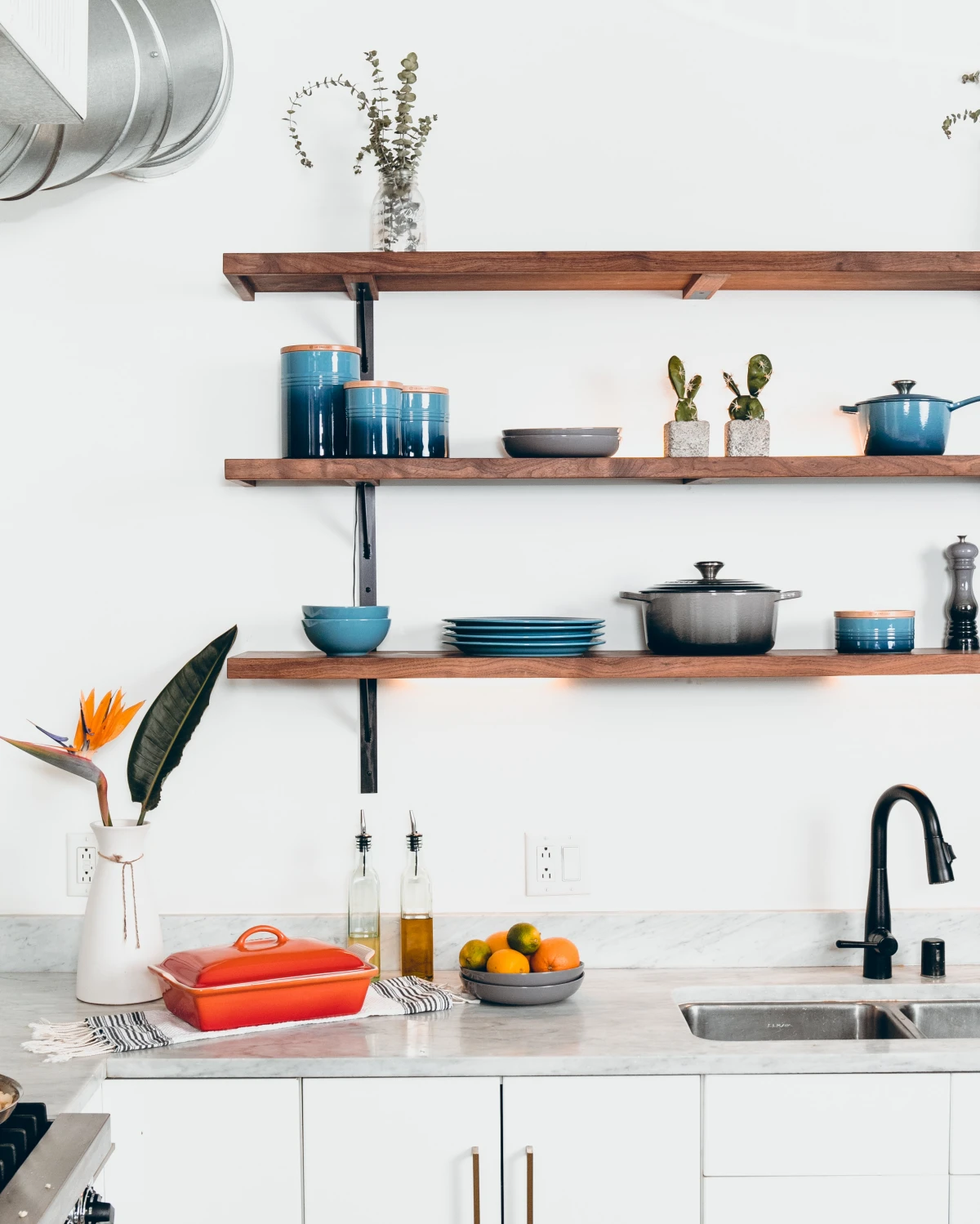
My Professional Verdict on Tile
Best For: A beautiful DIY backsplash, a laundry room folding area, or maybe a craft room table.
Worst For: Any main food prep surface in a working kitchen. The hygiene and maintenance issues are just too big to ignore. Any solid, non-porous surface is a thousand times better.
Before You Buy: 5 Questions to Ask Your Countertop Fabricator
Okay, so you’re getting serious about a material. Don’t just trust the salesperson. Here are the questions I would ask if I were in your shoes. Their answers will tell you a lot about the quality of their work.
- For Granite/Quartz: Can I see and approve the actual slab you’ll be using for my kitchen? (This is CRITICAL for natural stones with lots of movement.)
- For Concrete: What kind of sealer do you use (topical or penetrating) and what is the exact maintenance schedule and cost for re-sealing?
- For Stainless Steel: What gauge steel do you use? (You want 16-gauge or lower, which is thicker. 18-gauge is too flimsy for a kitchen.)
- For Any Material: What kind of seam do you use, and where would you recommend placing the seams in my layout? (A good fabricator will try to minimize and hide them.)
- For All Installations: How do you attach the countertop to the cabinets, and what kind of sink mounting system do you use? (You’re listening for more than just “silicone.”)
Your Final Homework: The Showroom Sample Stress Test
The absolute best thing you can do is get the biggest sample of your potential countertop you can find. Don’t just look at it under the perfect showroom lights. Take it home and put it through its paces for a few days.
I call this the stress test. Seriously, do this:
- Spill on it. Dribble some coffee, red wine, or olive oil on it. Let it sit for a few minutes (or an hour, if you’re brave) and see how easily it cleans up.
- Try to stain it. Leave a wet tea bag or a slice of lemon on it. Does it leave a mark?
- Scratch it. Flip the sample over and scratch the back with your car keys or the bottom of a ceramic mug. See how much effort it takes.
- Live with it. Leave it on your current counter. See how it looks in the morning light and at night. Wipe it down a few times.
A countertop is a long-term relationship. A little bit of homework now can save you from a decade of buyer’s remorse. Your goal is to find a partner for your kitchen that you don’t have to worry about every single day. Choose wisely!
Inspirational Gallery
Beyond the visual, consider the soundscape of your kitchen. Natural stone and quartz are dense and cool, creating a sharp, definitive ‘clack’ when you set down a mug. Wood, by contrast, is warm and sound-dampening, resulting in a softer, quieter workspace. Stainless steel can feel professional, but it amplifies every clatter, which might be invigorating for some and grating for others.
Did you know? Up to 93% of a quartz countertop is crushed natural stone, but the other 7% is polymer resins and pigments.
That resin is the secret to its non-porous, stain-resistant surface. However, it’s also why you should never place a hot pan directly on it. The sudden heat can cause ‘thermal shock,’ permanently discoloring the resin or even causing it to crack—a key vulnerability compared to natural granite.
Polished Finish: This is the classic, glossy look that reflects light beautifully, making a kitchen feel brighter. Its smooth, sealed surface offers maximum resistance to stains.
Honed Finish: This matte, velvety finish has a modern, understated appeal and is excellent at hiding minor scratches. However, its more open-pored surface can be more susceptible to showing fingerprints and oil smudges.
The choice is a direct trade-off between shine-versus-subtlety and stain-resistance-versus-scratch-hiding.
The romance of a marble countertop is powerful, but living with it requires commitment. To keep a Carrara or Calacatta surface looking its best:
- Seal it annually with a high-quality impregnating sealer like 511 Impregnator.
- Wipe up acidic spills (lemon juice, wine, tomato sauce) immediately to prevent etching.
- Always use cutting boards and place trivets under hot pans.
- Learn to embrace the ‘patina’—the subtle etches and marks that tell the story of a well-loved kitchen.
The forgotten detail: A proper countertop overhang. The standard is 1 to 1.5 inches past the cabinet face. Skimping on this to save a tiny amount on material cost is a huge mistake. A shorter overhang allows spills to drip directly onto your cabinet doors and drawer fronts, leading to water damage, stained finishes, and constant cleaning headaches.
Dreaming of that raw, industrial-chic concrete countertop?
It offers unparalleled creative freedom in color, thickness, and even inlays of recycled glass or stone. But be prepared: concrete is inherently porous and must be meticulously sealed and maintained (look for professional-grade sealers like Tuff-Duck). It can also develop hairline cracks over time. For some, this evolving character is part of the appeal; for others, it’s an imperfection they can’t unsee.
- Get the dramatic look of a waterfall island.
- Showcase a unique, bold pattern without committing the whole kitchen.
- Add a luxurious touch to a small baking station or coffee bar.
The secret? Ask your fabricator about their remnants. You can often find smaller, leftover pieces of high-end quartz or exotic granite for a fraction of the full-slab price, making luxury surprisingly attainable for smaller projects.
For centuries, European butchers and bakers have favored solid wood countertops, especially hard maple. It’s not just about the warm aesthetic. A properly oiled butcher block is forgiving on knife blades and, most importantly, it’s renewable. Minor scratches and stains can be sanded out and the surface re-oiled with a food-safe product, making it a work surface that can genuinely last a lifetime.
A new class of material is changing the countertop game: ultra-compact surfaces. Products like Dekton and Neolith are created by fusing minerals under extreme heat and pressure, mimicking the process that creates natural stone but in a fraction of the time. The result is a nearly indestructible surface that’s heat-proof, scratch-proof, and UV-resistant.
Using the wrong cleaner can be a slow-motion disaster, dulling the finish on quartz or degrading the sealant on your granite. For daily care, a simple ph-neutral soap (like a drop of original blue Dawn) and warm water is your best friend. For tougher jobs, stick to specialized, stone-safe cleaners like those from Weiman or Granite Gold to protect your investment.

